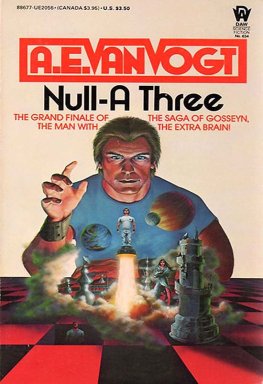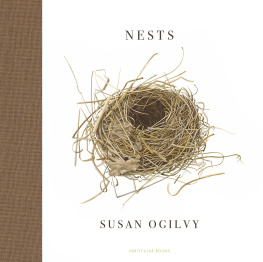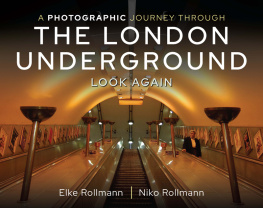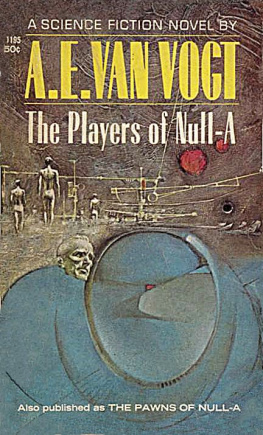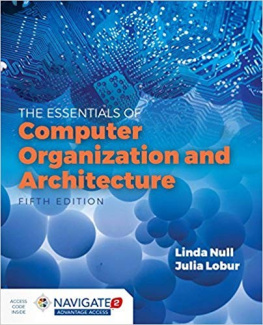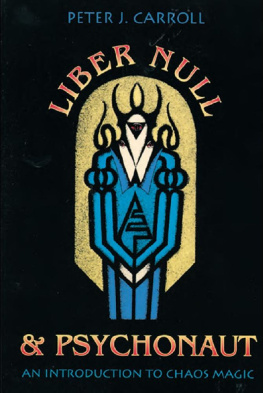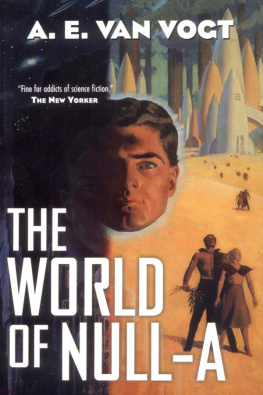Tschinkel - Ant Architecture: The Wonder, Beauty, and Science of Underground Nests
Here you can read online Tschinkel - Ant Architecture: The Wonder, Beauty, and Science of Underground Nests full text of the book (entire story) in english for free. Download pdf and epub, get meaning, cover and reviews about this ebook. year: 2021, publisher: Princeton University Press, genre: Home and family. Description of the work, (preface) as well as reviews are available. Best literature library LitArk.com created for fans of good reading and offers a wide selection of genres:
Romance novel
Science fiction
Adventure
Detective
Science
History
Home and family
Prose
Art
Politics
Computer
Non-fiction
Religion
Business
Children
Humor
Choose a favorite category and find really read worthwhile books. Enjoy immersion in the world of imagination, feel the emotions of the characters or learn something new for yourself, make an fascinating discovery.

- Book:Ant Architecture: The Wonder, Beauty, and Science of Underground Nests
- Author:
- Publisher:Princeton University Press
- Genre:
- Year:2021
- Rating:4 / 5
- Favourites:Add to favourites
- Your mark:
- 80
- 1
- 2
- 3
- 4
- 5
Ant Architecture: The Wonder, Beauty, and Science of Underground Nests: summary, description and annotation
We offer to read an annotation, description, summary or preface (depends on what the author of the book "Ant Architecture: The Wonder, Beauty, and Science of Underground Nests" wrote himself). If you haven't found the necessary information about the book — write in the comments, we will try to find it.
Tschinkel: author's other books
Who wrote Ant Architecture: The Wonder, Beauty, and Science of Underground Nests? Find out the surname, the name of the author of the book and a list of all author's works by series.
Ant Architecture: The Wonder, Beauty, and Science of Underground Nests — read online for free the complete book (whole text) full work
Below is the text of the book, divided by pages. System saving the place of the last page read, allows you to conveniently read the book "Ant Architecture: The Wonder, Beauty, and Science of Underground Nests" online for free, without having to search again every time where you left off. Put a bookmark, and you can go to the page where you finished reading at any time.
Font size:
Interval:
Bookmark:
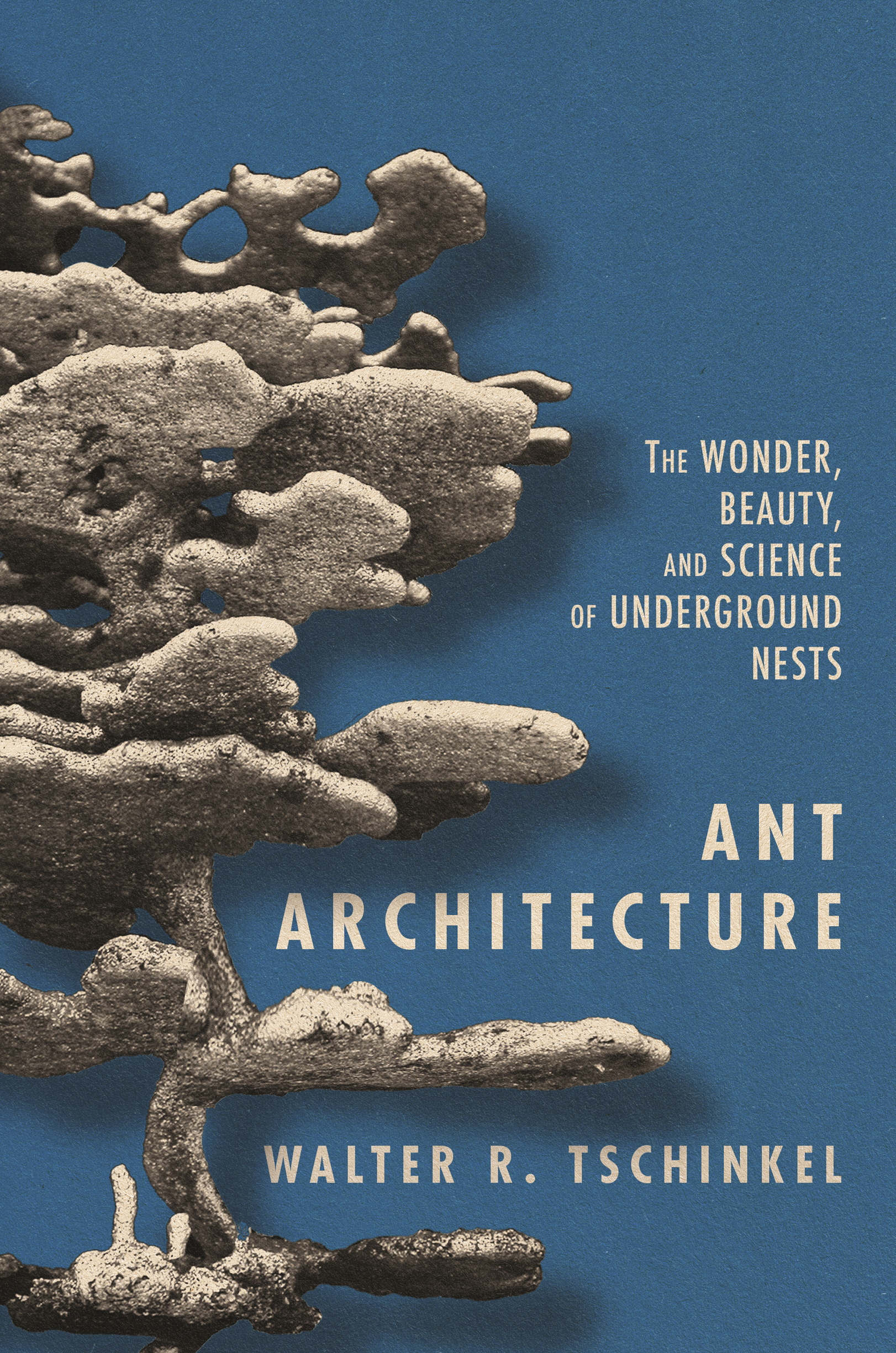
Ant Architecture
Ant Architecture

THE WONDER, BEAUTY, AND SCIENCE OF UNDERGROUND NESTS
Walter R. Tschinkel
PRINCETON UNIVERSITY PRESS
PRINCETON AND OXFORD
Copyright 2021 by Princeton University Press
Princeton University Press is committed to the protection of copyright and the intellectual property our authors entrust to us. Copyright promotes the progress and integrity of knowledge. Thank you for supporting free speech and the global exchange of ideas by purchasing an authorized edition of this book. If you wish to reproduce or distribute any part of it in any form, please obtain permission.
Requests for permission to reproduce material from this work should be sent to
Published by Princeton University Press
41 William Street, Princeton, New Jersey 08540
6 Oxford Street, Woodstock, Oxfordshire OX20 1TR
press.princeton.edu
All Rights Reserved
Library of Congress Cataloging-in-Publication Data
Names: Tschinkel, Walter R. (Walter Reinhart), 1940 author.
Title: Ant architecture : the wonder, beauty, and science of underground nests / Walter R. Tschinkel.
Description: Princeton, New Jersey : Princeton University Press, 2021. | Includes bibliographical references and index.
Identifiers: LCCN 2020040060 (print) | LCCN 2020040061 (ebook) | ISBN 9780691179315 (hardback) | ISBN 9780691218496 (ebook)
Subjects: LCSH: AntsNests. | Underground architecture.
Classification: LCC QL568.F7 T578 2021 (print) | LCC QL568.F7 (ebook) | DDC 595.79/61564dc23
LC record available at https://lccn.loc.gov/2020040060
LC ebook record available at https://lccn.loc.gov/2020040061
Version 1.0
British Library Cataloging-in-Publication Data is available
Editorial: Alison Kalett and Whitney Rauenhorst
Production Editorial: Mark Bellis
Text Design: C. Alvarez-Gaffin
Jacket Design: Sukutangan
Production: Jacqueline Poirier
Publicity: Sara Henning-Stout and Kate Farquhar-Thomson
Copyeditor: Laurel Anderton
Jacket art by the author
For Vicki
my nestmate for life
- ix
If you wanted to be an explorer ferreting out the undiscovered wonders of North America, you would be way too late. Sure, there might be small patches left to discover, but even these are laid out for all to see on Google Earth, identifiable by their precise latitude and longitude so that your GPS can lead you directly to them. But there is a way in which even today it is possible to be an explorer. It is not geographic exploration, but its intellectual analoguescientific exploration of the natural world, and it is this exploration that is the story of this book. It has been my fortune to have lived a scientific career of rambling exploration, a career I seem to have been destined for. My attraction to the natural world (and food) was already obvious by the time I was two years olda photograph shows me with a bunch of flowers in one hand and a piece of cake in the other. By the time I was six, I was telling people who asked that I was going to be a biologist (whatever I thought that meant). Still, the road to my eventual career was not entirely linear, nor was it a carpeted path. I endured an abysmal biology course in high school, most of which consisted of copying definitions out of the textbook and listening to the teacher denounce evolution as devil talk that contradicted the Bible. My chemistry course was even worse, taught by a part-time cotton farmer and part-time holy roller preacher who practiced his sermons on the class. He knew precious little about chemistry. Somehow, my friend BB and I wheedled permission to work in the stockroom while the sermons were going on. We were interested mostly in making dangerous and explosive stuff, and once we almost succeeded in blowing up the stockroom. Another high point was when we ignited a batch of thermite, creating a cascade of white-hot molten iron that burned a permanent star shape on the wooden floor.
After high school, I attended a small mens college (for small men, we joked), where I was finally able to give free rein to a wide range of biological pursuits and to find like-minded students who shared my interests. At that time, the great and exciting strides in biology were being made in cell physiology and biochemistry. Thus I applied to the graduate program in the Biochemistry Department at the University of California, Berkeley, only to be turned down. When, a week later, I was awarded a National Science Foundation Graduate Fellowship that paid full tuition, I called up the Biochemistry Department and asked whether they would admit me now that I had money. Sure, they said, we would love to have you. So I said forget it and applied to the Bacteriology Department, which admitted me right away.
Biochemistry and bacteriology are pretty similar, and once I got into the practical, laboratory part of the discipline, I gradually realized that, for me, something was missing. Where were the critters that had seduced me into biology in the first place? Where were the beautiful living things with wings, legs, leaves, colors, and forms? Could I really spend the rest of my life looking at flocculent white precipitates in a test tube? There would be a huge piece missing from my life if I continued in this field. I needed to find my way back to what had charmed me about the natural worldthe creatures I could see, touch, feel, and handle, whose construction and function were beautiful.
Looking back, I can see that I was trying to decide at what scale biology held the most charm for me. At the time, I saw it only as what kind of objects I wanted to deal with, and where I wanted to do it. Flocculent precipitates had convinced me that my preferred scale wasnt the molecular or biochemical. This was a world of white debris, gelatinous slime, blurred bands on gels, or clear solutions that absorbed ultraviolet light. There was nothing to grasp, no form to appreciate, no movement, no behavior, not even color unless you worked on hemoglobin or vitamin B12. No one could actually see an enzyme violently clutch a substrate and wrench it and twist it until it changed chemically. The exciting things that went on in this world were constructs of the mind, built from elaborate physical and chemical measurements.
My friendship with John Doyen, a graduate student in entomology, showed me a way to return to working with living creatures, not just cell-free extracts of them. Johns specialty was tenebrionid beetles, a family of mostly black beetles (from tenebrous, meaning dark) with many species in the western United States. Particularly appealing was that most species produced a noxious defensive secretion that stained your fingers brown, and some of them could even spray it for distances of up to a meter, and one of them (the mealworm beetle) had even been shown to secrete a sex pheromone. Here, then, was a way to roam the western countryside to collect black beetles from under stones, collect their stinky secretion, and analyze it with the latest fancy, expensive techniquesgas chromatography, nuclear magnetic resonance, infrared spectrometry, and ultraviolet absorption. I had found a way to apply my background in organic chemistry and biochemistry, and in addition, I got to watch the defensive behavior of the beetles and dissect hundreds of them to study and draw the structure of their beautiful glands. With respect to the sex pheromone of the mealworm beetle, I figured out how to make males copulate with glass rods treated with female pheromone. What could be more fun?
Font size:
Interval:
Bookmark:
Similar books «Ant Architecture: The Wonder, Beauty, and Science of Underground Nests»
Look at similar books to Ant Architecture: The Wonder, Beauty, and Science of Underground Nests. We have selected literature similar in name and meaning in the hope of providing readers with more options to find new, interesting, not yet read works.
Discussion, reviews of the book Ant Architecture: The Wonder, Beauty, and Science of Underground Nests and just readers' own opinions. Leave your comments, write what you think about the work, its meaning or the main characters. Specify what exactly you liked and what you didn't like, and why you think so.

